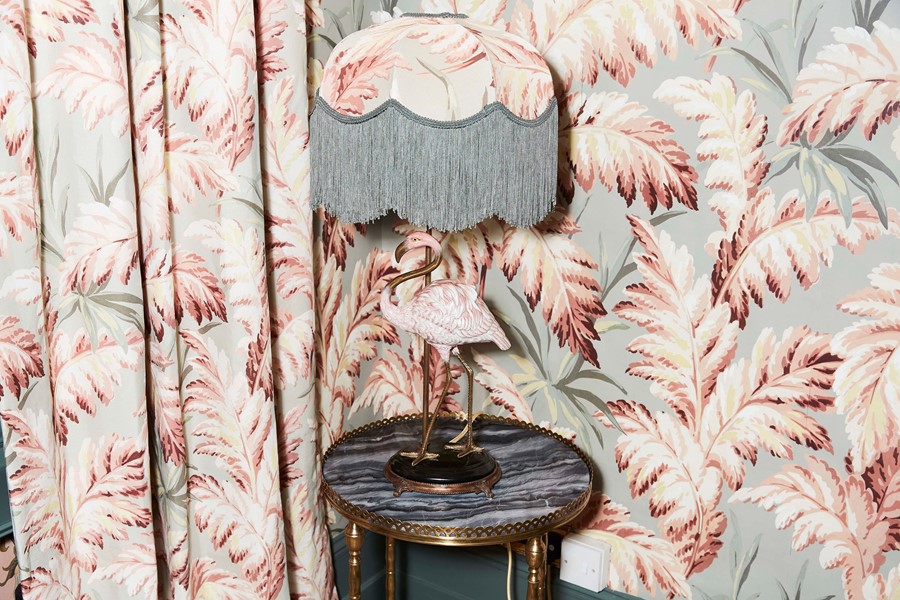Once both an easy way to simulate upper class interiors, and a literary indicator of untrustworthiness, wallpaper has returned – and it’s more opulent than ever
Buried among the pages of 19th-century novels are cutting character assassinations in the form of domestic symbolism. When Hardy or Gaskill wanted to cast their subjects in a shallow or sham light they took vicious swipes at the turgid design of their homes, rendering every aspect of their interiors scheme a pantomime reflection of persona. Stemming from its origins as a medium for imitating more traditionally luxurious wall-coverings such as tapestry or wood, wallpaper, specifically, became a literary motif for rejections of integrity in favour of insincere showmanship. So how did prolific designers such as William Morris turn something seen as so supremely gauche into a defining icon of interior design?
It wasn’t until wallpaper secured purpose and identity that it began to shake its reputation as a cheap mimic of the decorative arts. It’s disposable. It goes up, it comes down, and it gives licence to start again. Traditionally this was not how home decor happened, but in providing the potential to make changes at will, this widely dismissed design tool began to redefine the way we perceived our environments. As implied by Hardy and Gaskill’s damning profiles, 19th-century advances in machine-printing meant wallpaper lost its exclusivity and became commonplace in the common home. Although a heavy blow for those looking to their interior walls for a showcase of prosperity, this shift in value made fashion in the home accessible, affordable and changeable.
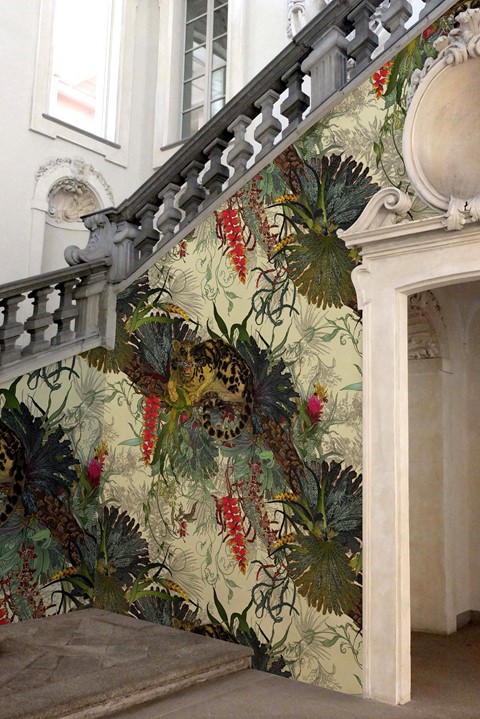
Design and architecture projects move at what can seem like a glacial pace, but that’s because they’re built to stick around for decades, and sometimes even centuries. When a product or process arrives that offers rapid resolution it can have a sudden and powerful impact on the direction the whole industry is moving in, often becoming a defining factor in what is considered fashionable and desirable. Design and interiors director (and self-confessed wallpaper fanatic) Jess Burnett suggests that improvements in usability are largely responsible for the revival of papered walls, making the process simpler than even painting. “I remember watching wallpapering back in the 1980s, when you had to have a wallpapering table. You had to soak the paper in paste, fold it into the middle to set for five minutes, and try and hang soggy paper on the wall, where it would tear or slide off. Since non-woven wallpaper has come along — which contains cotton fibres, making it stronger, thicker and easier to handle — none of the fancy equipment is needed. You paste the wall (with a tub of ready mixed paste) and stick the dry paper to the pre-pasted wall.”
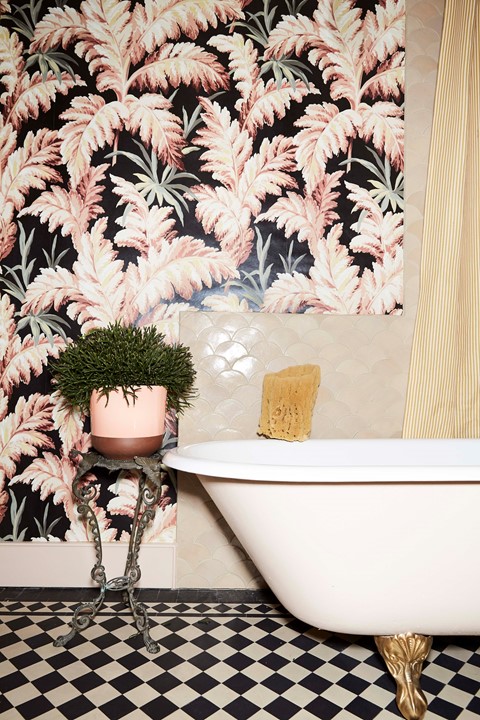
While installation may seem an issue only relevant to those taking the Changing Rooms approach and doing it themselves, the impact in regards to supply and demand is unprecedented. While the desire for wallpaper has soared, the process of buying furniture to be upholstered in a chosen fabric – post-purchase – has waned significantly. As consumers at all price points turn to off-the-shelf furniture and upholstery, textile producers face an immediate challenge to redefine their position. Many suppliers, both traditional and contemporary, have adapted by turning their eye for exquisite design and quality control to the production of opulent wallpapers, and this full-circle transition has resulted in the resurgence of wallpaper we are seeing today.
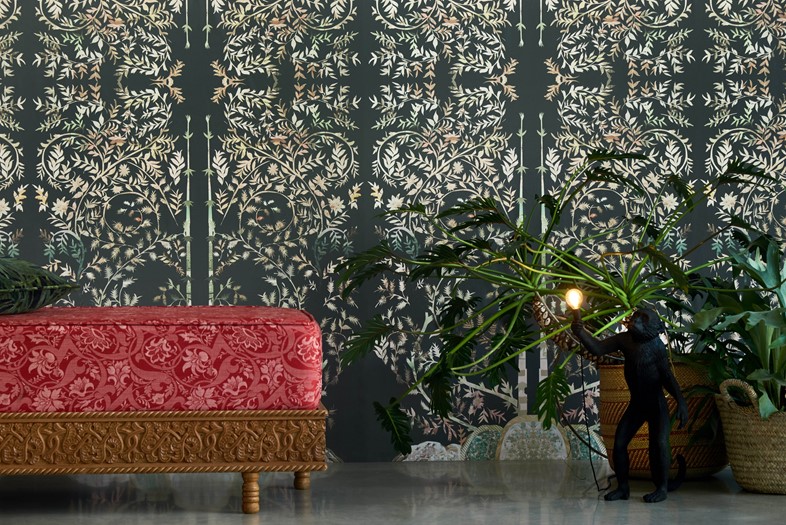
With great popularity, however, comes a great lack of creativity. When a mass-producible product becomes popular at the top end of the market, you can guarantee it’s being copied at the bottom, so there’s a new challenge for wallpaper suppliers in the shape of developing unique appeal. Luckily, contemporary designers are agile. They can take a single thread of creativity and weave it into a plethora of mediums.
Leading the pack with a ten pace advantage, Alistair McAuley and Paul Simmons — better known as Timorous Beasties — are a cult favourite with interior designers, and arguably the most forward-thinking textile and wallpaper designers of their generation. Founded in 1990, the defining brand produces unconventionally bold patterns and prints with the power to stop you dead in your tracks. Their innovative vision brings the walls to the fore of the room when historically they were only ever a prominent backdrop and their designs can be spotted all over the world, including The Langham, Waldorf Hilton and Claridge’s in London alone. Acknowledging their pivotal role in the industry, the duo credit much of their success to technology. “The digital age has enabled wallpapers to be designed in new and imaginative ways that previously were not possible. we have pushed the boundaries of what is possible with wallpaper design, but also we have shown how wallpaper can be used in different ways in an interior space.”
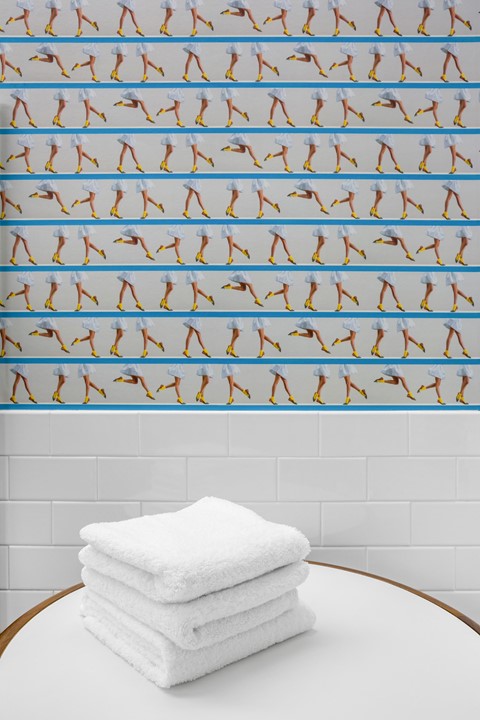
Further cementing the future of wallpaper in interior design, Brooklyn based suppliers Rachel and Nick Cope see their brand Calico as an extension of traditional arts and an amalgamation of international influences and historically profound processes. “It’s exciting to see the wallpaper trend expanding beyond traditional patterns and motifs,” explains Nick. “When coming up with our designs, we like to experiment with different art processes and materials, creating patterns that are rooted in history but entirely new. Our clients understand wallpaper’s ability to elevate the overall design of a room, and view it as an exciting way to incorporate something quite contemporary and unique into a space.”
For those looking to delve further into the controversial history of wallpaper, we recommend heading to the V&A for a look through its vast and comprehensive archives.
